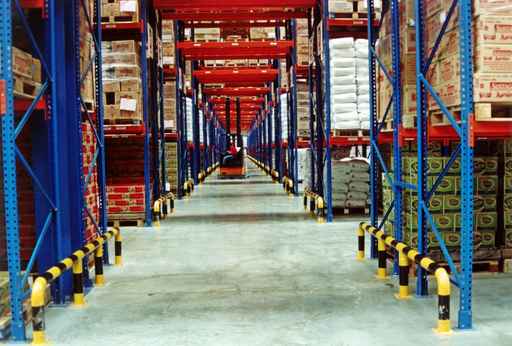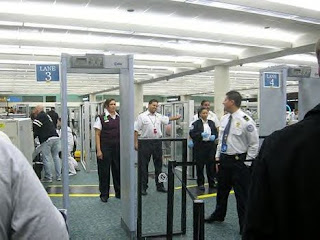Microchip
disappeared: MAS Cargo urged to security level
PENANG:
Police ask management MASKargo and Malaysia Airports Berhad (MAB) to increase
security measures at the Air Cargo Complex in the state to ensure that it is
not conceded more in the future.
State police
chief Datuk Koh Hong Sun said immediate action must be taken by both sides to
repair the weaknesses is there between him and adding closed-circuit cameras
(CCTV) in the area.
He said a
special meeting was held with both management today and they have identified
several weaknesses that allow area easily transgressed irresponsible parties.
When talking
to reporters here, he suggested that both the management gives police powers to
the security guard on duty at the complex as well as supplying guns to guard
their safety.
"Also
equipped with power and guns, more frequent and extensive patrolling should be
done in the area to ensure safety," he said.
Koh said
CCTV should be installed on the inside and outside of the security hut to
enable the authorities to monitor and support CCTV should also be installed in
the vicinity.
"Ideally,
the security guard posted personal details or identities of those entering and
leaving the other area assisted recording of CCTV," he said.
He said the
inspection document for permission to enter the area should also be carefully
and any copy or photocopy of a letter or document can not be accepted.
In the early
morning incident yesterday, a group of about 20 robbers, the four of them
dressed in Rela, entered the Second Air Cargo Complex in Batu Maung was about
2.15pm morning.
Coming of
four Rela members on the grounds of illegal immigration inspection in the area
were not suspected by the security guard in charge of the entrance.
A moment
later, two container lorries, leading the remaining robbers hiding in them, are
allowed to enter the area after the driver supposedly produced a copy of a
letter from a company to unload the goods.
Conclusion
Finally, the security of air cargo could collaborate with the International Civil Aviation Organization (ICAO) and the World Customs Organization (WCO) to jointly host a conference on "Facilitating and Improve Air Cargo Security
Ministry of Transport and Customs collaboration with ICAO and WCO, can bring together aviation safety officer and the customs authorities as well as private sector stakeholders.
with this, the goal of identifying methods to enhance cooperation and coordination in strengthening border and aviation security and at the same time facilitate the movement of air cargo smoothly and safely.
ICAO and WCO Joint also taken steps to enhance cooperation between the two organizations in ensuring air cargo from interference, and at the same time facilitate the movement of goods by air worldwide.
It will also benefit the two organizations between ICAO and WCO, and confirmed its commitment all parties to work towards a common goal, namely to ensure the success of the air cargo supply chain are safe and efficient.









.jpg)























.jpg)




